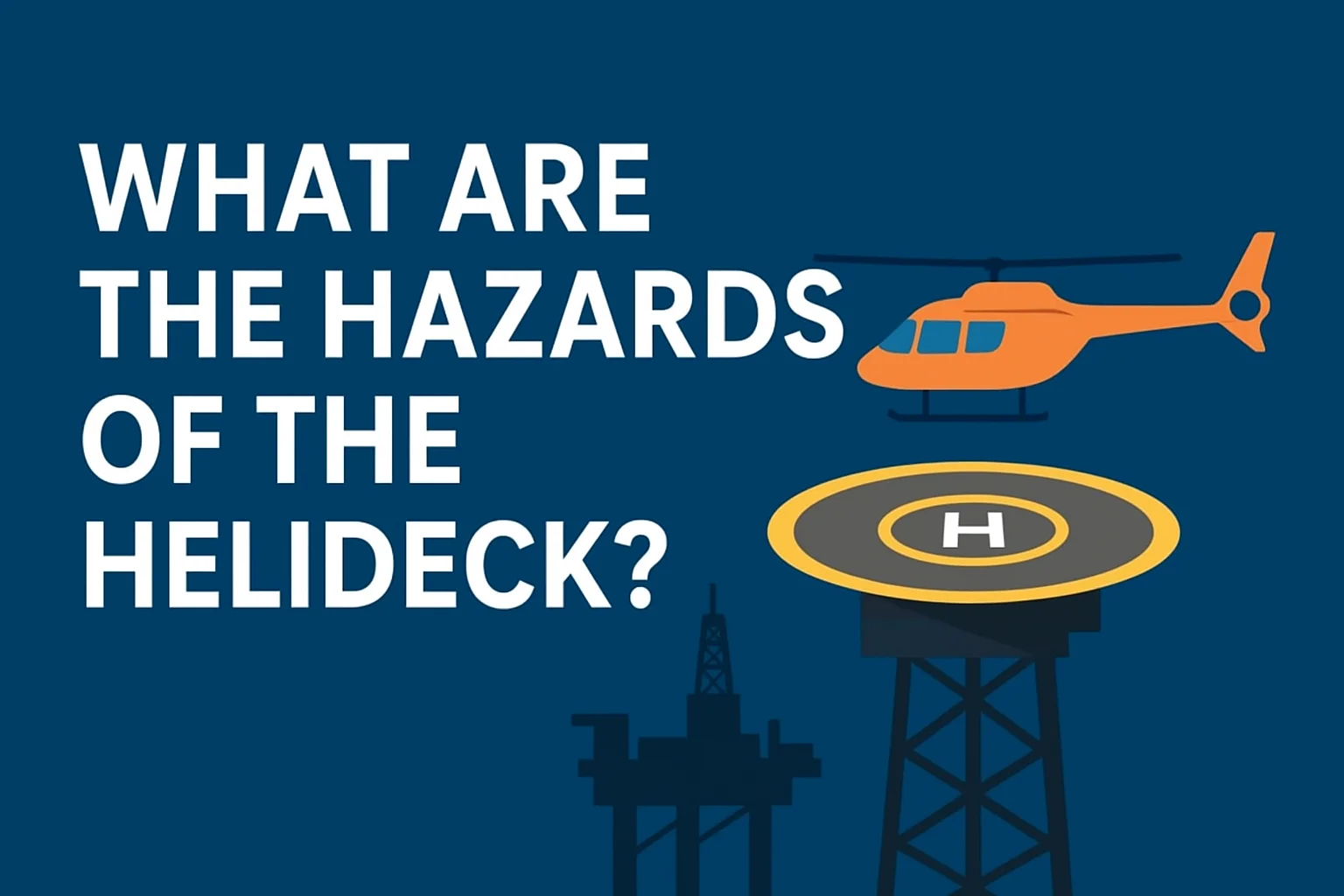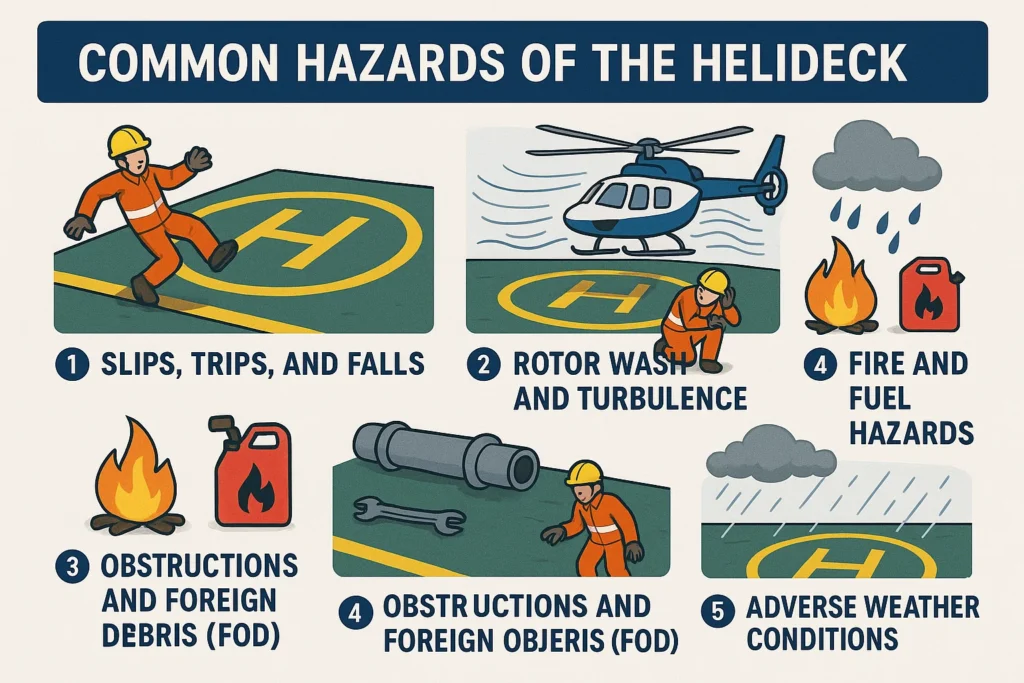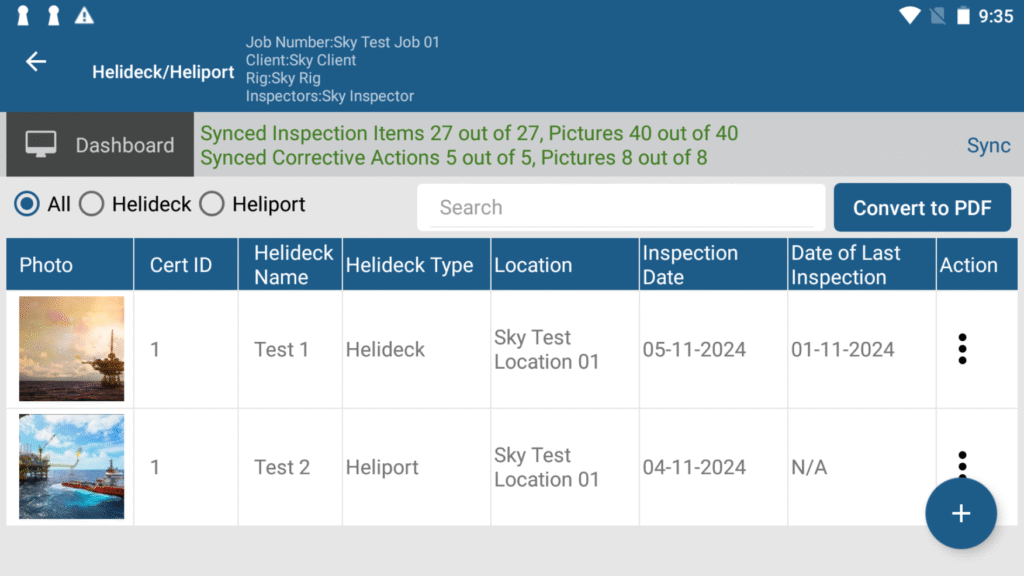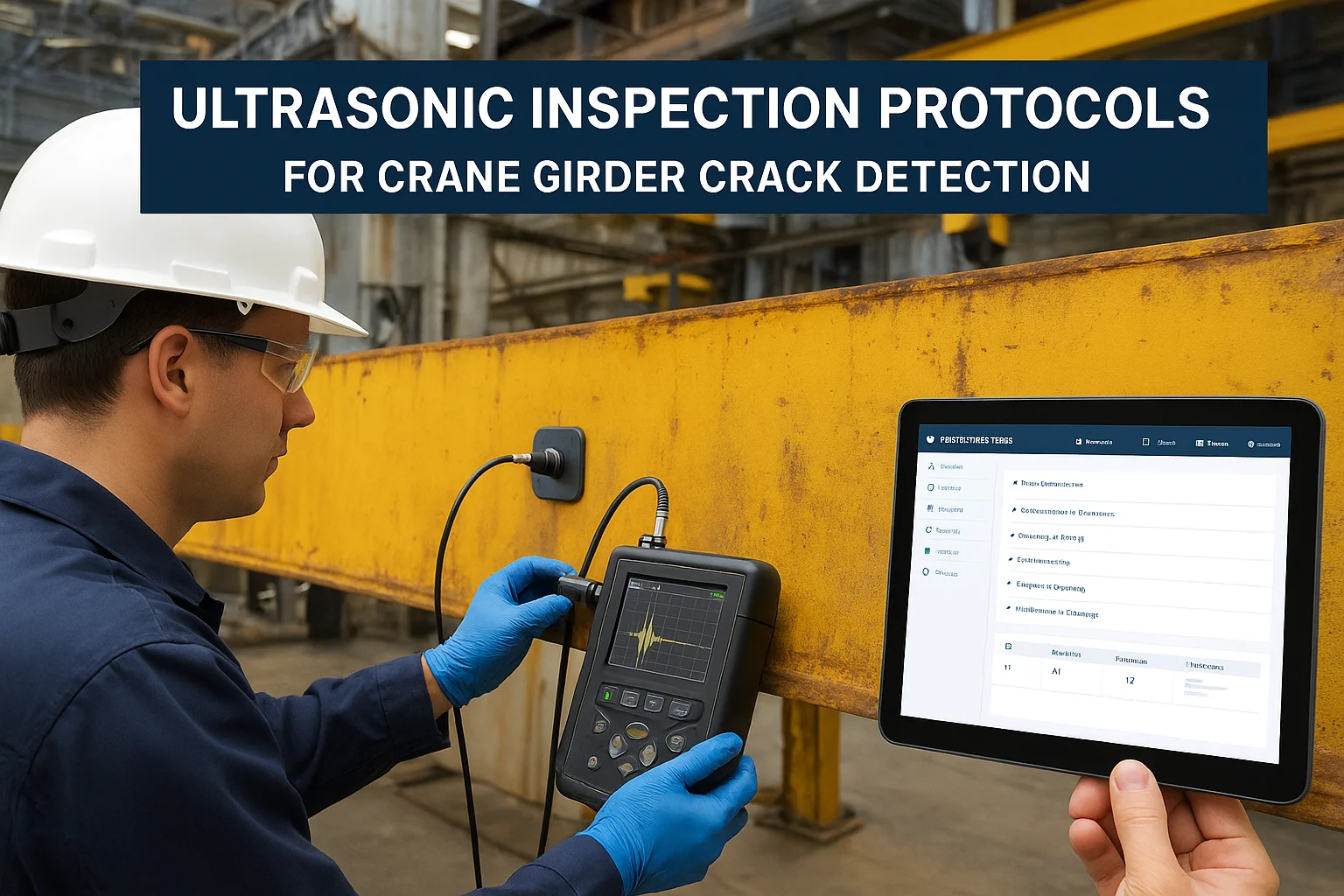Inspections Track Software For Oil and Gas Inspection Industry

Helidecks are critical in the oil and gas industry, especially for offshore platforms where helicopters serve as the main transport link. However, operating on or near a helideck comes with serious hazards that can impact both personnel safety and operational continuity.
In this guide, we’ll break down the main Helideck hazards in oil and gas , explain how they affect safety, and show how Inspectionstrack Software helps mitigate these risks through smarter, digital inspections.
A helideck is more than just a landing platform—it’s a high-risk zone. With factors such as limited space, heavy equipment, and environmental exposure, hazards can quickly escalate. Ensuring proper safety protocols not only protects lives but also keeps operations compliant with aviation and offshore regulations.

Slippery surfaces caused by oil, water, or sea spray are a major risk. In poor visibility or high winds, the chances of accidents increase.
Prevention:
Helicopter rotor wash creates intense turbulence that can knock workers off balance or cause equipment to move unexpectedly.
Prevention:
Refueling operations, fuel spills, and static electricity pose significant fire risks.
Prevention:
Loose objects like tools, equipment, or debris can damage helicopters or injure crew.
Prevention:
Fog, strong winds, heavy rain, and lightning affect pilot visibility and landing safety.
Prevention:
Read more : how to conduct helideck and heliport inspections effectively
| Hazard Type | Risk Impact | Preventive Action |
|---|---|---|
| Slips, Trips, and Falls | Injuries, downtime | Anti-slip surface, lighting, cleaning |
| Rotor Wash & Turbulence | Equipment displacement, accidents | Clear deck, safety zones |
| Fire & Fuel Hazards | Fire outbreaks, severe injuries | Fire systems, safe fueling protocols |
| FOD & Obstructions | Aircraft damage, worker injury | Routine inspections, secured tools |
| Adverse Weather | Unsafe landing, visibility issues | Monitoring, emergency planning |
Regular inspections are not just compliance requirements—they are lifesaving practices. Traditional paper-based inspections often miss details or delay reporting. That’s where Inspectionstrack Software steps in.
By using Inspectionstrack, oil and gas companies can move from reactive safety checks to proactive risk management.

read more : types of tanks in oil and gas industry
The most significant hazard is fire from fuel handling, though slips and rotor wash are also major risks.
Helidecks should be inspected before and after each flight operation and undergo routine scheduled inspections.
It doesn’t replace physical inspections but enhances them by ensuring accuracy, traceability, and faster reporting.
Helidecks play a vital role in offshore operations, but their hazards are real and potentially life-threatening. From slips and turbulence to fuel risks and harsh weather, every factor demands careful monitoring.
By combining preventive measures with modern tools like Inspectionstrack Software, companies can dramatically reduce risks while improving compliance and efficiency in Helideck hazards in oil and gas.
👉 Investing in smarter inspections today means safer flights, better compliance, and stronger operational reliability tomorrow.

In the oil and gas industry, crane girders play a vital role in ensuring safe and efficient operations. Detecting cracks and defects early is critical to avoid catastrophic failures. Ultrasonic inspection (UT) is a proven…

Safety in the oil and gas industry depends heavily on reliable equipment, and Pressure Relief Valves (PRVs) are one of the most important safeguards. When PRV inspections are carried out properly, facilities can prevent costly…
SkySoft Connections provides quality IT services around the globe. Our services begin with experience and end with dedication, ensuring innovation and reliability
© Copyrights, 2024 All Rights Reserved Skysoftconnections
Contact us
Get notified about new articles
Comment (1)
What Are the Three Main Types of Audits in Oil and Gas? - inspectiontrack
Aug 22, 2025[…] Read more : hazards of the helideck in oil gas explained […]
Comments are closed.